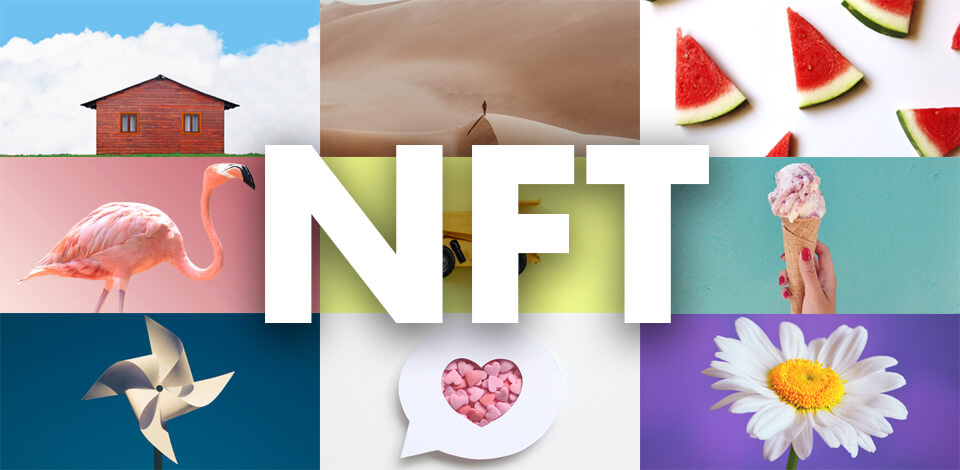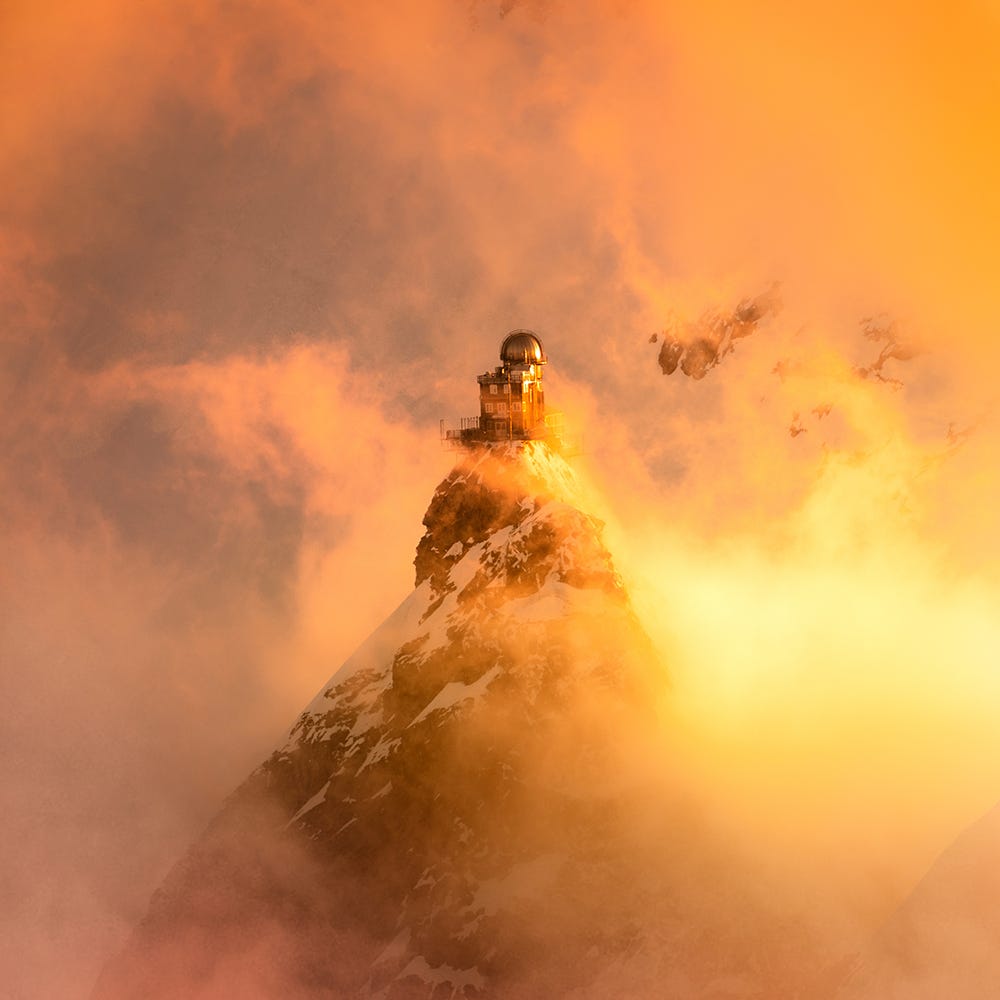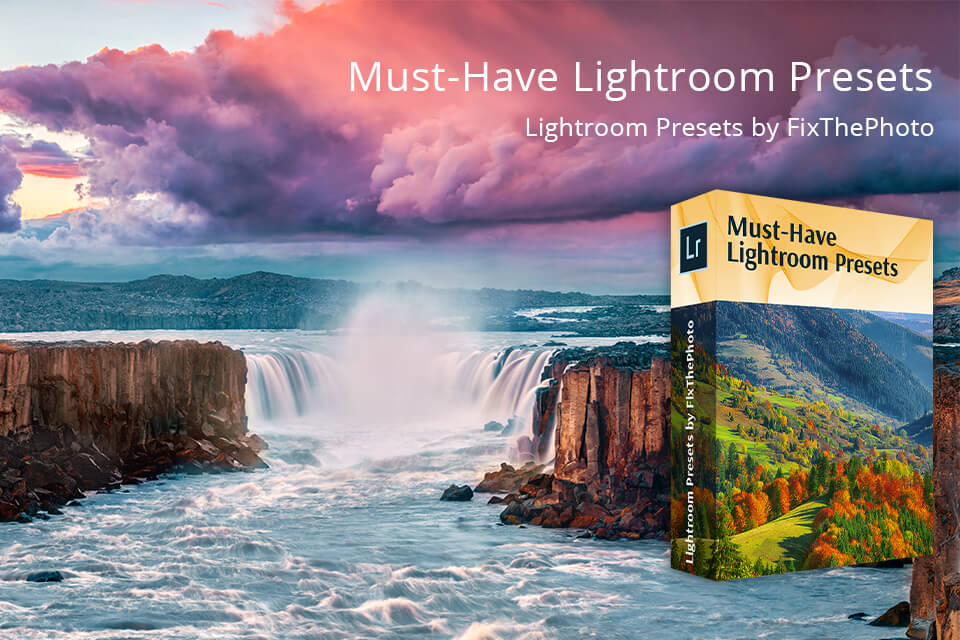
NFT photography primarily serves to boost the creator’s wealth, expand the collection of an art investor, and provide benefits traditionally tied to cryptocurrency. Since the NFT industry can be puzzling to newcomers at the start, I’ll try to break down all relevant information about this world as well as the best photography NFT marketplaces in great detail without making everything sound too complicated.
NFT is a digital holding certificate that grants you the ownership of a specific virtual object. NFT doesn't prevent the copying of the digital asset but rather simply establishes the right of possession. The digital object in question can be represented by anything: pictures, songs, videos, gifs, memes, or any other elements of internet culture that can't be recreated, removed and destroyed.
The appearance of NFTs changed our view of photography and how it can be preserved. Physical photographs were in fashion some years ago, when anyone could print out your photos and use them for whatever purpose they wanted while you remained the owner of the image. As the world transitioned to the digital age, the question of image copyright and ownership became increasingly more disputable.

The original owners barely received anything for the photos they have taken or own. NFT pictures strive to solve that problem. Since they are built into blockchains, their authenticity and openness are guaranteed.
If your goal is to produce professional photos without spending months trying to master digital post-production in Photoshop or Lightroom, you can reach out to the FixThePhoto team.
The task of creating, purchasing, and trading NFT for photography is neither particularly simple nor overly complex.
Note: There are dozens of platforms for selling NFTs but the number of truly popular marketplaces that allow you to earn serious cash isn’t that large. Most of them use the Ethereum blockchain with the most popular platforms being Rarible and Foundation. Rarible is the world’s most popular open-for-all marketplace while Foundation is a closed platform that you won’t be able to join without an invitation from an existing member.
The founder of Twitter, Jack Dorsey, for instance, sold his first tweet for 2.9 million dollars. NFTs can be compared to museum exhibits since they only have one owner but can be viewed by anyone interested in them. NFT works on the same principle just online. As a rule, NFTs are bought using Ethereum, which is the second most popular cryptocurrency after bitcoin. Below, you'll find a list of the most expensive NFT photos and images that were sold on the internet.

The painting called Everydays – The First 5000 Days was sold at the Christie's auction on March 11, 2021, for a record-breaking 69.3 million dollars. It’s a monumental digital collage that was created by posting one image a day for 13.5 years. Other than that, it's also the first NFT that was sold at a large auction that was organized by a popular auction house. Another interesting fact – the initial bidding for the item started at only $100.

The rarity of this specimen is explained by the fact that it’s one of only 9 CryptoPunk aliens. It has a blue-greenish skin tone that resembles Squidward from SpongeBob Square Pants. CryptoPunk 3100 became the most expensive CryptoPunk item to ever be sold. The difference in price compared to CryptoPunk 7804 is only $10,000, which isn’t that much when looking at the overall amount of 7.5 million dollars.

Dylan Field, the founder, and CEO of Figma sold his CryptoPunk for 4200 Ethereum coins, which equaled to 7.58 million dollars at the moment of sale. Field has purchased item number 7804 in 2018 and successfully sold it in 2021.

Crossroads depicts the reaction to the 2020 US presidential election. What’s interesting is that the artist created two versions: one for Donald Trump’s victory and one for his loss. The creator of the painting, graphic designer Mike Winkelmann (Beeple) is now one of the three most highly-paid artists in the world.

Another CryptoPunk item was sold for 1.6 million dollars. Just like all other images, this one has a unique feature. The number 6965 is one of the only 3 CryptoPunk zombies, which makes it extremely rare.

Nine of such adjacent “land plots” were sold for the overall price of $1.5 million. This isn’t the only NFT available in the game. The main gaming assets continue to be Axies that are going to live on the purchased virtual land. These are characters, each of which is unique in their own way and can be bought, sold, bred, and raised in the game’s virtual world. These characters are also NFT tokens.
The CryptoPunk collection consists of ten thousand unique images that were made in June 2017 by Matt Hall and John Watkinson from the Larva Labs development company. These tokens were the first NFTs on Ethereum. The number 4156 depicts one of the 24 CryptoPunk Monkeys.
This specimen is wearing a blue bandana, which makes it unique from the rest of the package. It was purchased on February 18, 2021, for 4156 Ethereum coins, which equated to $1.25 million when the purchase was made.

Kevin Abosch is famous for his conceptual artworks. Even before his passion for digital art was born, he managed to make a few profitable deals and sold a photo of a potato for a million euros. On St. Valentine’s Day 2018, Abosch sold one of his NFT photos for 1 million dollars. At the time, it was the most expensive NFT in the world.

No one knows the author of this artwork. He uses the nickname Pak but the online community usually refers to him as the Satoshi of the crypto-art industry (as a reference to the anonymous bitcoin creator who goes by Satoshi Nakamoto). Metarift represents a set of spherical objects that are grouped and encircled by the symbol of eternity.

The Hashmasks project was launched in January 2021 and represents a living collection of digital art from 70 artists from all around the world. Together they created 16,384 unique portraits that were sold for 16 million dollars.
The most expensive Hashmask is a portrait of a mystical demon. It was sold for 420 Ethereum, which equaled to $650,000 at the time of purchase. Akin to all other Hashmasks, this image doesn’t have its own name but it can be added by the owner of the painting as an artistic contribution to the piece.

Once you’re done taking photos, you have to retouch them to ensure they’re worthy of being used for NFT photography. With the help of these Lightroom presets, which are suitable for all types of photography, you can increase the quality of your images with minimum effort. This package is compatible with Lightroom CC, Lr 4, 5, and 6. You can use the provided presets to enhance both RAW and JPG photos on either Windows or macOS PCs.
Theoretically, you can use any image you have to make it into an NFT. Alternatively, you can convert photos into artworks or animate them. The latter can be achieved by relying on beginner-friendly animation software like Adobe Creative Cloud Express or PhotoMirage that excel at helping users make basic animated images. Finally, you can make an HDR version of your photo to mint it as an NFT.
Currently, there’s no official legislation that can stop you from doing that. The rules instead are made and enforced by the specific marketplaces that you go to for minting and selling NFTs. Some have a strict set of rules, others not so much. That said, keep in mind that usually an NFT can only be considered valuable if it’s unique or scarce.
Just like nothing is stopping you from selling photos that were already on stock image platforms, you can potentially offer identical NFTs on different marketplaces. While there are currently no limitations in this regard, you have to think about one thing – is it reasonable to sell photos online everywhere? Consider this – the higher the popularity of an asset, the less value it has, not the other way around. Do yourself a favor and don’t duplicate your NFTs across different marketplaces.
NFT for photographers is a fantastic business opportunity that doesn’t require a lot of effort to set up. The prices you set for your NFTs depend entirely on your preferences, but keep in mind that at the end of 2021, the average cost of an NFT photo in a collection stood at about 0.25ETH. As for standalone images, most photographers set the price in the 1ETH to 5ETH range. For comparison, The Lost Angeles Times states that stock photographers receive about $0.33-$60 per sold photo depending on the platform and license type.
Remember that there’s no guarantee that someone is going to purchase your NFT. This does make NFT photography a rather risky venture since minting a single image on the Ethereum blockchain can cost anything from $50 to $500 and higher, depending on the current Ethereum gas fee.
If you're taking the screenshot for personal purposes to remember what a specific image looks like or to use it for future inspiration, then that shouldn’t be an issue. That said, if you later try to sell said screenshot or pretend you are its creator, then that’s a different story.
You always have the option of minting multiple copies of a single NFT and selling them as a “limited edition”. If you’ve made 101 copies of a photo, just sell 100 of them and keep the original one, as it will possess the most value in the future.